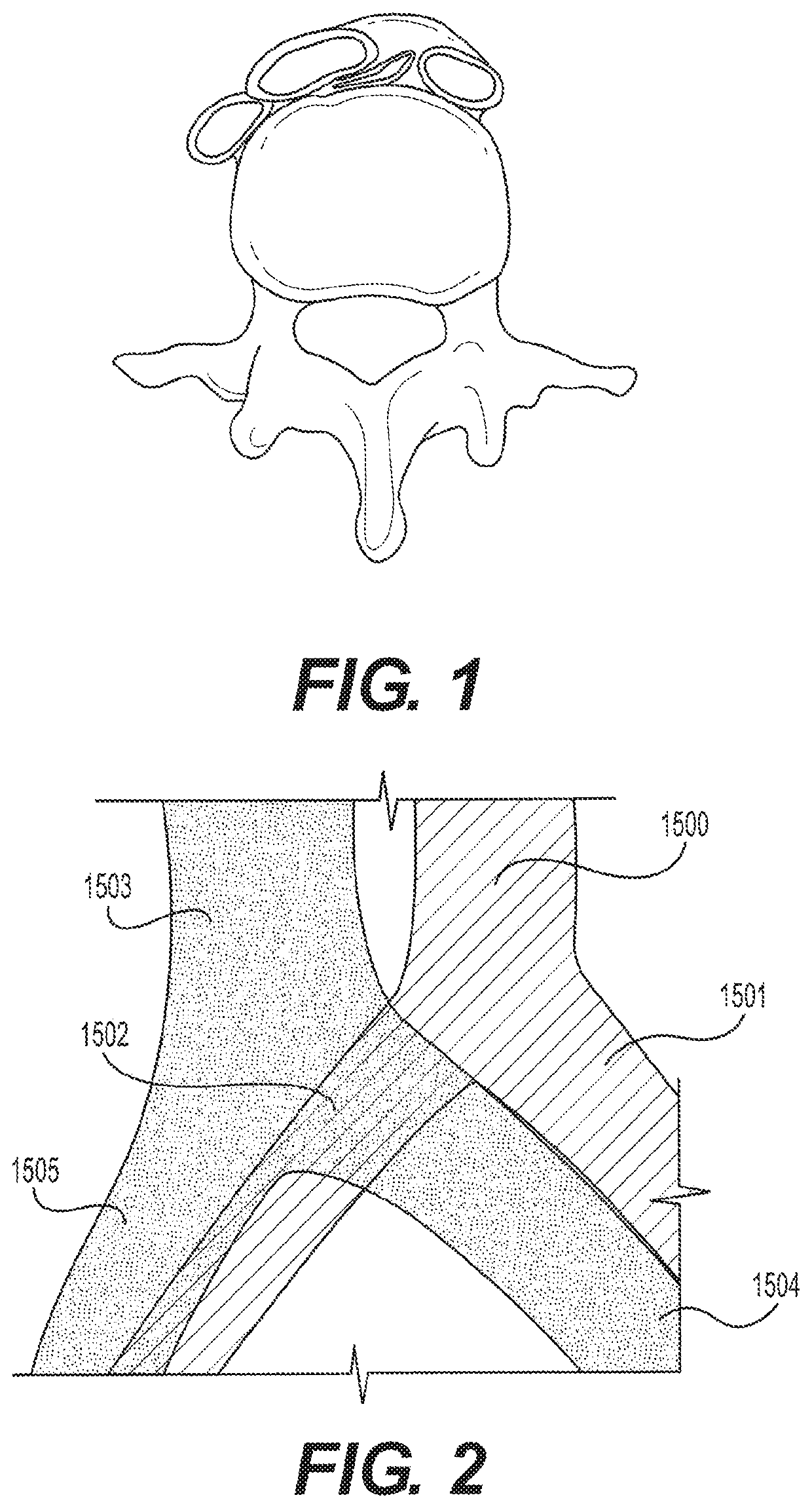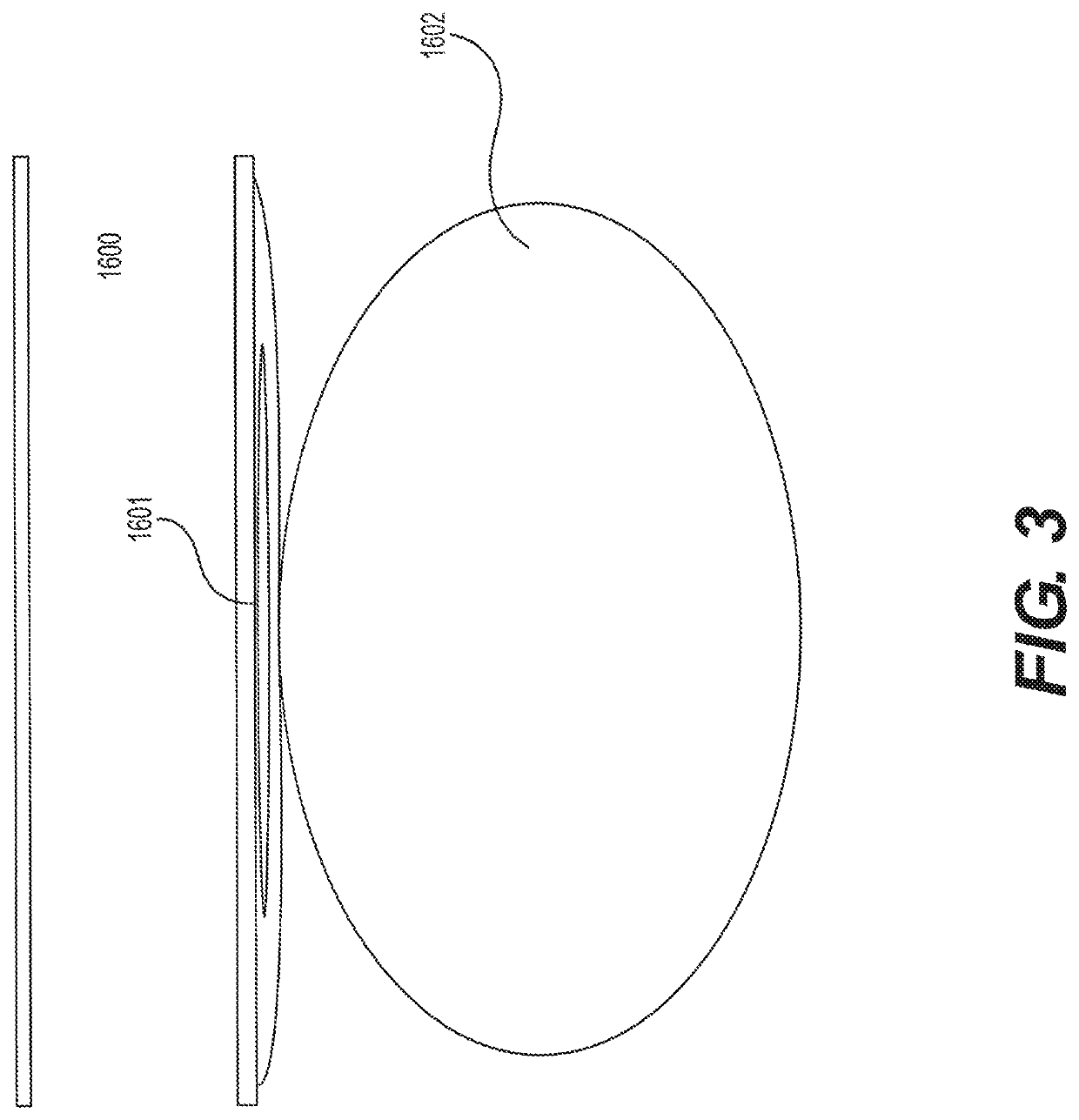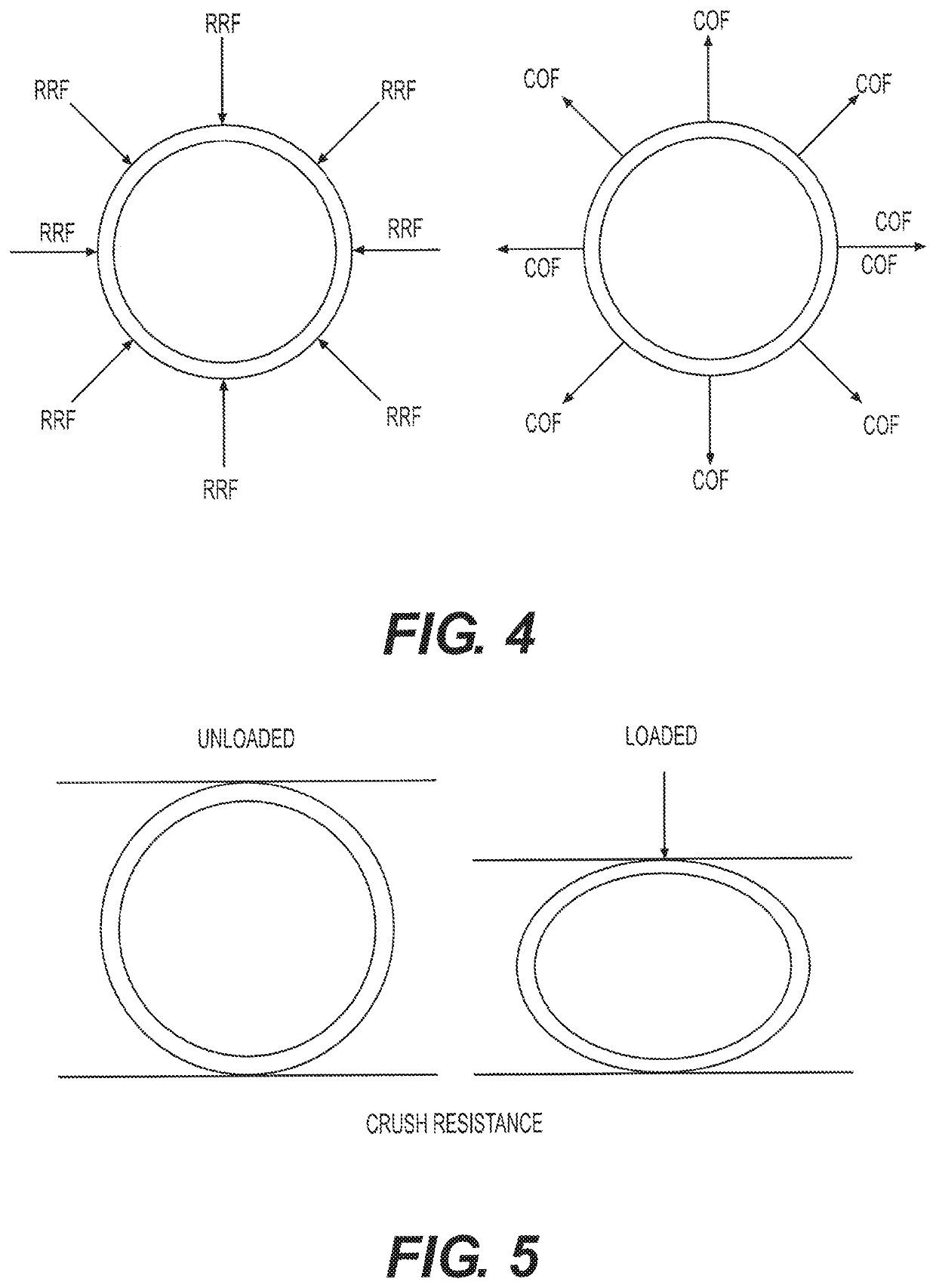Tapering stent
a stent and stent technology, applied in the field of stents, can solve the problems of tingling and numbness, veins may also develop intraluminal fibrous spurs, blood clot formation in some individuals, etc., and achieve the effect of greater radial stiffness
- Summary
- Abstract
- Description
- Claims
- Application Information
AI Technical Summary
Benefits of technology
Problems solved by technology
Method used
Image
Examples
Embodiment Construction
[0045]Accurate placement is ideal in all medical interventions, but it is vital in areas where the end that is first deployed is critical. Such areas include at vessel bifurcations and branch vessels, so that the implant does not enter or interfere with the portion of the vessel that does not require treatment. Such a bifurcation is present at the inferior vena cava where it branches into right and left iliac veins, as described in more detail below.
[0046]May-Thurner syndrome, or iliac vein compression syndrome, occurs in the peripheral venous system when the iliac artery compresses the iliac vein against the spine as shown in FIG. 1. FIG. 1 illustrates a vertebra, the right and left common iliac arteries near the bifurcation of the abdominal aorta, and the right and left common iliac arteries near the bifurcation of the inferior vena cava. The bifurcations generally occur near the L5 lumbar vertebra. Thus, it can be seen that FIG. 1 shows an inferior-posterior view of the L5 lumbar...
PUM
 Login to View More
Login to View More Abstract
Description
Claims
Application Information
 Login to View More
Login to View More - R&D
- Intellectual Property
- Life Sciences
- Materials
- Tech Scout
- Unparalleled Data Quality
- Higher Quality Content
- 60% Fewer Hallucinations
Browse by: Latest US Patents, China's latest patents, Technical Efficacy Thesaurus, Application Domain, Technology Topic, Popular Technical Reports.
© 2025 PatSnap. All rights reserved.Legal|Privacy policy|Modern Slavery Act Transparency Statement|Sitemap|About US| Contact US: help@patsnap.com



